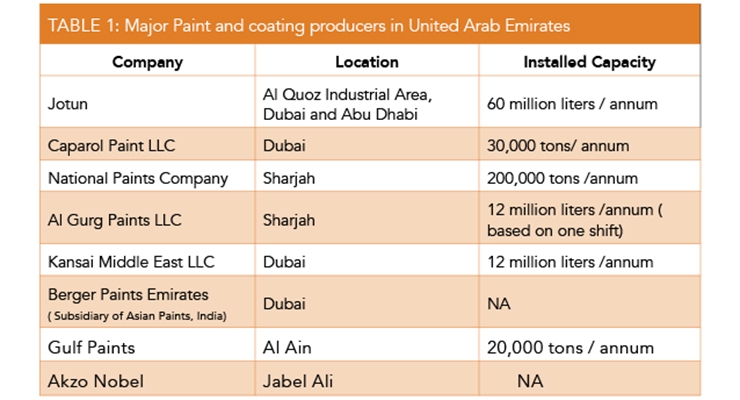When you're intending a commercial outside paint project, seasonal variables can make or break your outcomes. You'll want to consider just how temperature and humidity influence paint application and drying times. Selecting factory painters can ensure your paint adheres correctly and lasts much longer. But which seasons are really the very best for this kind of job? Allow's check out the key elements that can influence your job's success.
The Influence of Temperature Level on Paint Application
When you're planning a commercial external painting job, the temperature level can significantly impact exactly how well the paint adheres and dries.
Ideally, office painters wish to repaint when temperature levels vary in between 50 ° F and 85 ° F. If it's also cold, the paint might not cure effectively, leading to concerns like peeling or breaking.
On the other hand, if it's as well hot, the paint can dry too rapidly, avoiding correct bond and causing an uneven surface.
You ought to likewise consider the time of day; morning or late afternoon provides cooler temperatures, which can be extra favorable.
Constantly examine the supplier's recommendations for the certain paint you're using, as they often provide guidance on the excellent temperature array for optimal results.
Humidity and Its Effect on Drying Times
Temperature isn't the only environmental variable that affects your commercial external painting task; humidity plays a substantial duty too. High humidity degrees can slow down drying out times significantly, affecting the overall top quality of your paint job.
When the air is filled with dampness, the paint takes longer to heal, which can bring about concerns like poor bond and a higher risk of mildew development. If see this on an especially humid day, be planned for prolonged delay times in between layers.
It's vital to monitor regional climate condition and strategy accordingly. Preferably, aim for humidity levels in between 40% and 70% for optimum drying.
Maintaining these factors in mind guarantees your job stays on track and provides an enduring finish.
Best Seasons for Commercial Outside Paint Projects
What's the most effective time of year for your industrial outside paint jobs?
Spring and very early autumn are normally your best choices. Throughout these periods, temperature levels are mild, and humidity levels are often lower, creating perfect problems for paint application and drying.
Prevent summer's intense heat, which can trigger paint to completely dry as well swiftly, resulting in bad adhesion and surface. Likewise, winter's cool temperatures can prevent appropriate drying out and treating, running the risk of the durability of your paint work.
Go for days with temperature levels between 50 ° F and 85 ° F for optimum outcomes. Bear in mind to check the local weather report for rainfall, as damp conditions can ruin your job.
Planning around these aspects ensures your paint project runs efficiently and lasts much longer.
Final thought
To conclude, planning your business exterior paint tasks around seasonal considerations can make a significant distinction in the outcome. By organizing job during the excellent temperature levels and moisture levels, you'll ensure far better bond and drying out times. Bear in mind to watch on local weather prediction and select the correct time of year-- springtime and very early fall are your best options. Taking these steps will certainly help you accomplish a resilient and expert coating that lasts.
